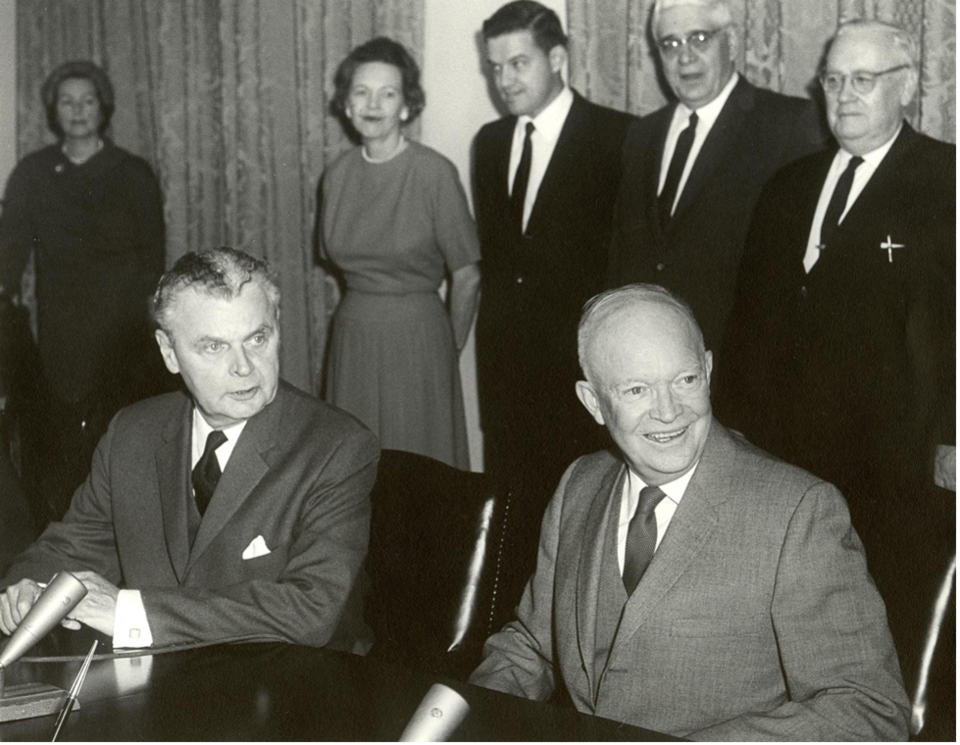Provincial and federal politicians continue to debate how best to power a clean-energy transition while supporting the economy. Missing from the conversation is the muted way the federal and B.C. governments seem poised to cede a chunk of our hydropower to the United States.
Indeed, Canada and the U.S. have an agreement in principle to “modernize” the Columbia River Treaty, a 65-year-old transboundary water management agreement.
One U.S. idea of modernization is to cut the amount of power it is required to give Canada. According to the treaty, Canada is entitled to "one half the downstream power benefits." That means a 50-50 power-sharing arrangement between Canada and the U.S. The agreement in principle, however, would skew what should be equal power benefits 75-25 in their favour.
Sadly, Canadian officials are hushed about that. When Katrine Conroy, B.C. minister for the treaty, wrote a July 12 op-ed about the modernization, she didn’t mention the entitlement grab. (Except for treaty-signing, the Canadian file for the treaty is a provincial matter.)
That’s the sorry state of affairs. B.C. deserves better—here’s why.
For its part, starting in 1961, B.C. has built and maintained three dams, along with reservoirs up to 240 kilometres long, to store crucial volumes of Columbia River water. Eventually, it turns turbines in the U.S. and generates electricity.
An equal division of that power was informed by insights in a massive Crippen Wright Engineering report dated January 1959—Hydro-Electric Development of the Columbia River in Canada.
“We believe that a 50% return of downstream power benefits, delivered free at the International Boundary, plus an adjustment for the Arrow Lakes Reservoir, is the minimum Canada should receive. For Canada has to construct reservoirs, whereas the United States would largely use existing facilities,” the report stated.
“In fact, when considering the economic and social disruptions of the existing economy, it can be said that the losses in Canada are greater than the benefit in Canada. Thus it can be claimed that the minimum rate of downstream benefits should be greater, perhaps 60 to 70%.”
Looking back, losses included the flooding of fertile river valleys in B.C., which displaced more than 2,000 people, hundreds of farms and 13 communities, according to the Northwest Power and Conservation Council.
From now until 2044, the U.S. wants to reduce the benefits this treaty generates for Canada.
The U.S. State Department’s rationale for this is that this “will retain more clean energy in the United States to support a thriving modern economy without a diminishment of Canada’s current clean energy mix.”
But they should do that with their power, not ours.
Besides the hydropower grab, a second kind of reduction in entitlement has gone on for years, with Canada’s stoic awareness of what’s happening—which the U.S. may perceive as approval. The U.S. has gradually produced less of the potential power. Consequently, the Canadian half of the hydropower declines.
The way the Northwest Council explains it, the U.S. planned decades ago to meet increasing demand for power with new, less-costly thermal fuel power plants, and use Columbia River dams to supply extra energy when needed.
With that approach, the U.S. now generates less than 60 per cent of its potential Columbia River Treaty power. Under the treaty’s equality principle, our entitlement has decreased to the same extent.
Together, the two ways of reducing our entitlement would likely have a compounding result.
On the bright side, the “modernization” includes restoring the Columbia River salmon and other ecological steps, adapting as need be to aid the salmon. It’s promising but shouldn’t distract from what’s essential.
Finally, this month, the agreement-in-principle that was hyped in June was released. It still needs fixing with care and without rush.
As is happening, the involvement of Canada’s Columbian Basin residents is crucial. It should have begun around the time when prime minister John Diefenbaker and president Dwight Eisenhower were signing the treaty. Truly, better late than never.
This time, though, all British Columbians also need access to the agreement-in-principle. And the process needs to engage and heed them.
An outstanding question is why we, including our U.S. partner, couldn’t have helped pre-empt the Site C debacle by substituting much of the original Columbia River Treaty capacity. How can we learn from that?
For a start, our representatives should work to get the U.S. to realize that the 50-50 hydropower entitlement formula was intended as perpetual, still is and should always be.
In any event, it’s up to our representatives to hold firm, as our first Canadian negotiators and former B.C. premier W.A.C. Bennett did—with success—six-plus decades ago.
Jim Wright is the youngest son of Henry J. Wright, vice-president and 49-per-cent owner of Crippen Wright Engineering Ltd. in the Columbia River study years and the main writer of the final report.




